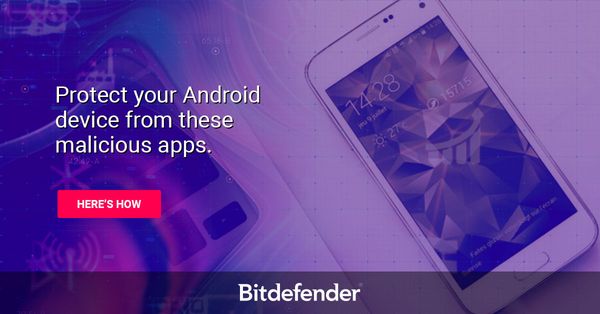10 Tips to Safeguard Your Photos like a Pro Photographer

Pictures are among our most valuable digital assets. They are also the most popular type of file stored or shared via cloud services. Statistics show that 82% of people who use internet storage space do so to safeguard their photos against accidents.
But what about professional photographers who take thousands of photos at wedding or performances? Even the most experienced digital artists have admitted to data loss.
If you’re passionate about photography and concerned about security, here are 10 tips for organizing digital assets like the pros.
Backup your backup
Multiple backups are essential for your peace of mind. Consumer-level software is great for storage, but it has limitations. Professional or hobbyist photographers have to store very large raw, converted and edited files, so their digital storage needs are amplified.
If you’re travelling this summer, use memory cards backed up to a portable hard drive when on the road. This way you will have two copies of each photo. It’s important to place the two hardware pieces in separate bags to avoid losing both of them at once.
Also, organize your files and back them up in reasonable increments. Ideally, keep a copy of your files at another location as well.
Encrypt hardware devices
It may seem an over-hyped functionality, but making your data undecipherable to hackers is a strong defense. The latest-generation Android devices have an embedded full-device encryption feature that can encrypt all data, including applications, downloaded files and pictures.
Protect your online accounts
Secure your photo-sharing site accounts and your online storage accounts with strong, complex passwords. Use symbols, numbers and capital letters or even strange phrases to lock your cloud content from prying eyes. And don’t forget two-factor authentication to add an extra layer of security to your account.
Blur out faces
Try to blur out faces on potentially compromising images. You wouldn’t want any risque pictures of your clients or friends to appear on Twitter, Reddit or Facebook would you?
Don’t email private photos
Email accounts, especially those without two-factor authentication enabled, are easy targets for hackers looking to steal your personal details and intimate photos.
Format phone memory card
If you store your most private photos on your mobile devices, be sure to format and overwrite the internal data with a secure erase tool before selling or lending your phone.
Cover up your hotspots
Don’t share confidential information on open Wi-Fi hotspots without a proper mobile security solution to block unrequested connections. Hackers can monitor your traffic and grab your banking credentials and compromising pictures without your knowledge.
Disable auto-uploads
Disabling auto-uploads for cloud storage solutions such as iCloud and Dropbox will help. These services, as useful as they may seem, create cloud-based versions of your images without filtering your most sensitive files from the harmless ones.
tags
Author
Alexandra started writing about IT at the dawn of the decade - when an iPad was an eye-injury patch, we were minus Google+ and we all had Jobs.
View all postsRight now Top posts
Start Cyber Resilience and Don’t Be an April Fool This Spring and Beyond
April 01, 2024
Spam trends of the week: Cybercrooks phish for QuickBooks, American Express and banking accounts
November 28, 2023
FOLLOW US ON SOCIAL MEDIA
You might also like
Bookmarks







